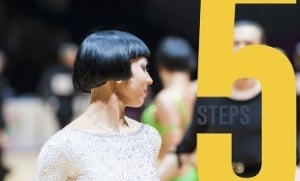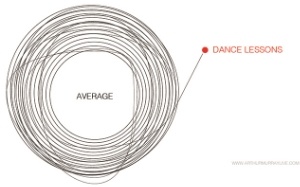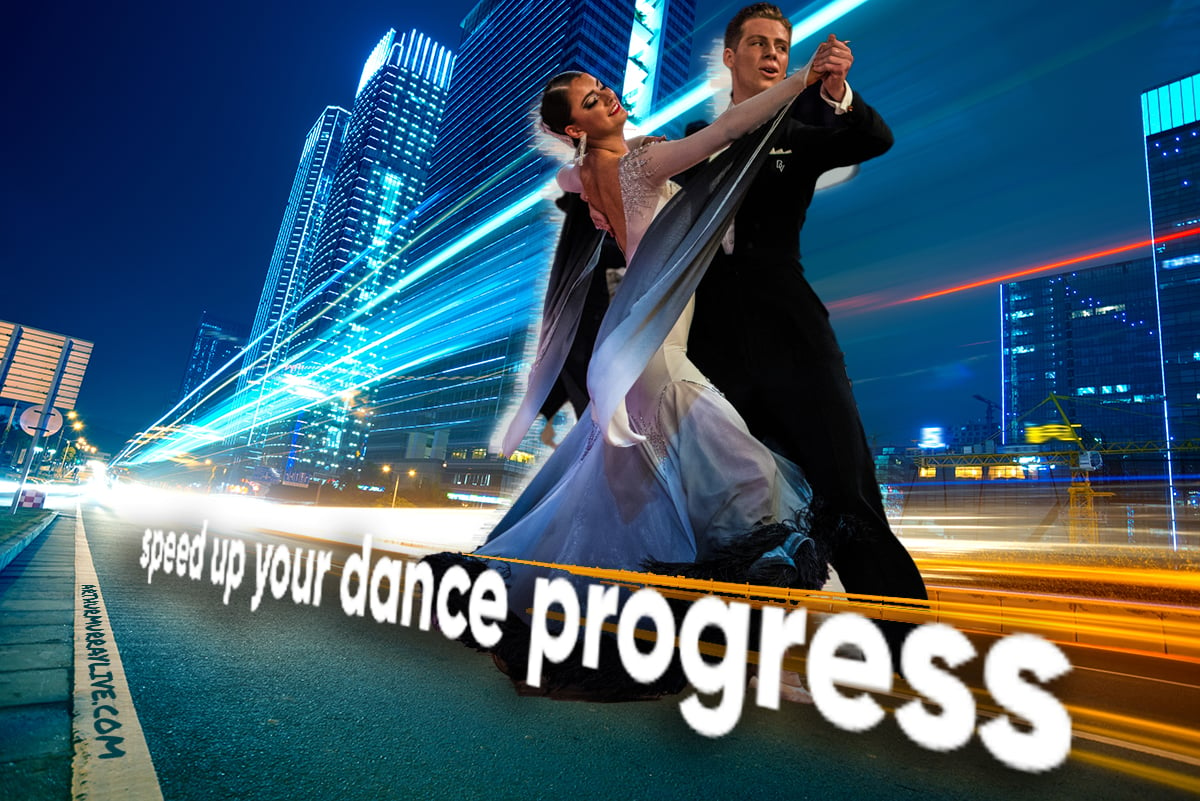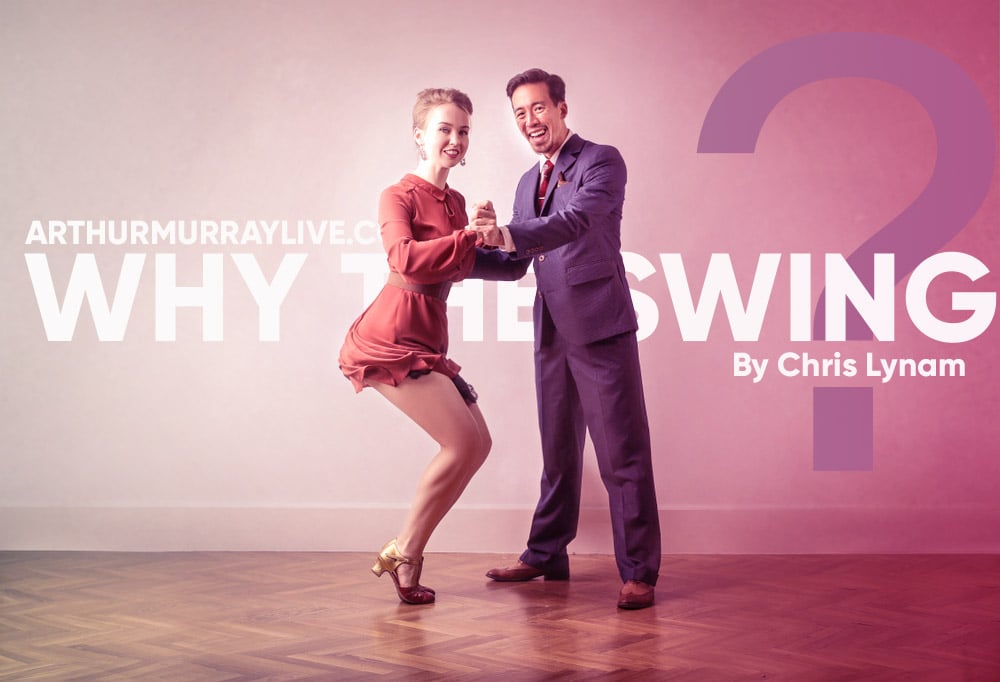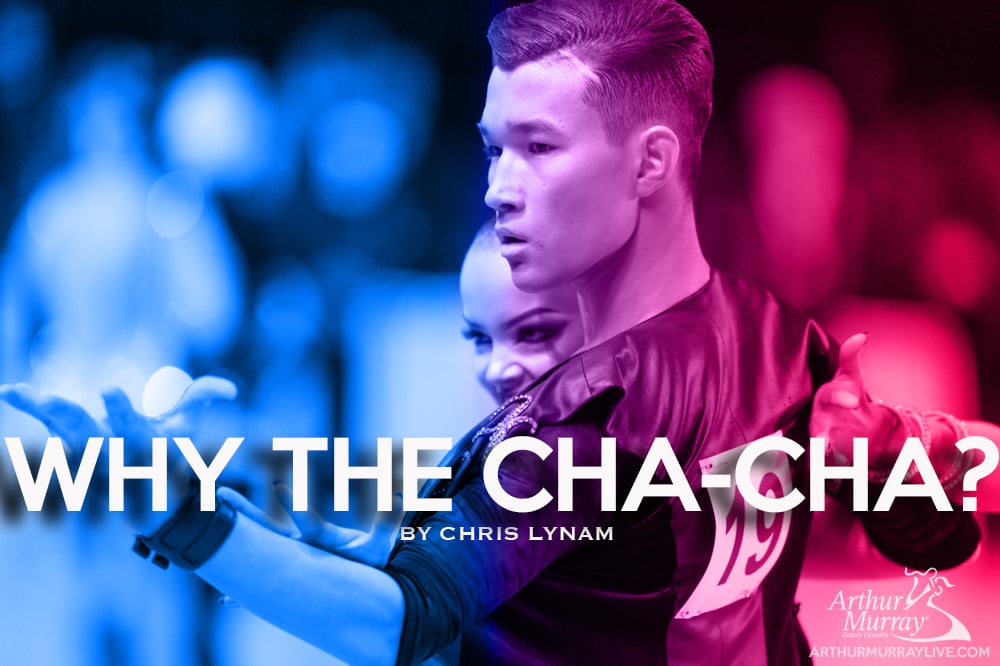
Ballroom Dance Success is not as elusive as you may think. Using these three upgrades, you may find that your next social or competitive dance event takes on a new meaning, and your teacher's ability to expand your comfort zone is revealed.
3 Important Upgrades For Ballroom Dance Success
Upgrade Your Presentation
If you are new to ballroom dancing, or if you're moving out of Silver, into Gold, and performing a vintage Saturday Night Fever Hustle routine with afro wigs - Posture is important at every level. It's the quickest assessment of your dance confidence, and here are some tips for improving it.
Quick Tips
- Play to the Back Row - That means, don't lower your gaze to the people immediately in front of you. Look above them and your posture will get better.
- Imagine A Balcony - Fix your gaze where the wall meets the ceiling. Imagine there's a balcony there with all of your friends, family, and entourage. Keep your face pointing in that direction and your posture will look ready for the big stage.
- Looking Down Is A Crutch - You may know this already, but your feet are not powered by your vision. Your brain wants you to think they are, but your brain needs to have a little faith and focus on more important things - like your partner, your posture, and the next move to prepare for.
Upgrade Your Memory
Yes, it's true. At some point there will be some corrupted files in your brain hard drive. It happens to everyone. Thought the pattern started facing one way, it didn't, and now you've lost your bearings, and in a panic, you decide to execute a Tango basic during the Foxtrot.
Quick Tips
- Reconfigure - Remember, if you challenge it, you build it. Often times, as dancers, we lock into one configuration of the room - "start facing this wall, promenade to face the front desk...". Unfortunately, this helpful little arrangement works against you. The room won't always stay the same, and you won't know if you really know your material until you try it facing a different direction.
- Count Like A Pro - Counting while dancing is another overlooked form of mental gymnastics. Have your teacher help you learn to count the measures in each one of the patterns you're graduating from. The measures help you contain the 6-24 steps into 2-8 measures respectively. Sure, it may seem like extra work, but this level of both physical and mental activity will ensure that these moves are hard to forget.
Upgrade Your Goals
There comes a point where you may abandon the skills you need, and replace them with fancy, shiny things. It's normal. Styling and technique will always look the best when it is delivered with a solid foundation. Here are some ways to approach your goals, and how to address style at the same time.
Quick Tips
- Establish A Baseline - With your teacher, repeat after me "With-my-teacher", set some expected, baseline, goals. These can range from "Dance all the figures with correct footwork" to "dance without falling over". You've got to establish this before the graduation process, if possible, while your rational brain is still functioning properly.
- Establish A Bonus - These are non-expected, bonus objectives. These are the types of things that you say, "Wow, if I can also do this... that would be great." Think of this like having a nice vacation for your anniversary in Las Vegas. You go there for the spa, a couple shows, shopping, and great food. As a bonus, it would also be pretty great if you won some money. Now, you can't go into your Las Vegas anniversary planning on making money. That could be the start of a gambling problem. For your dancing, it's more similar than it may seem. Problems occur when the bonus goals become expected.
Bottom Line: Baseline Goal + (Bonus Goal) = Happy Ballroom Dancer
Final Thought
Your teachers will ask you to try things - understanding full well that it is in the nether-regions of your comfort zone... and well beyond. This is by design, but it has its risks.
If you've ever looked at your teacher and thought, "who is this person?" "just when I started to get it, here's another thing..." or "why didn't they just teach that to me earlier" - are all textbook examples of growing pains in the learning process.
If it was instant... it wouldn't be a journey.
If you didn't work hard... you wouldn't have learned anything.
If you didn't feel awkward... you'd have nothing to celebrate when you achieved success.







